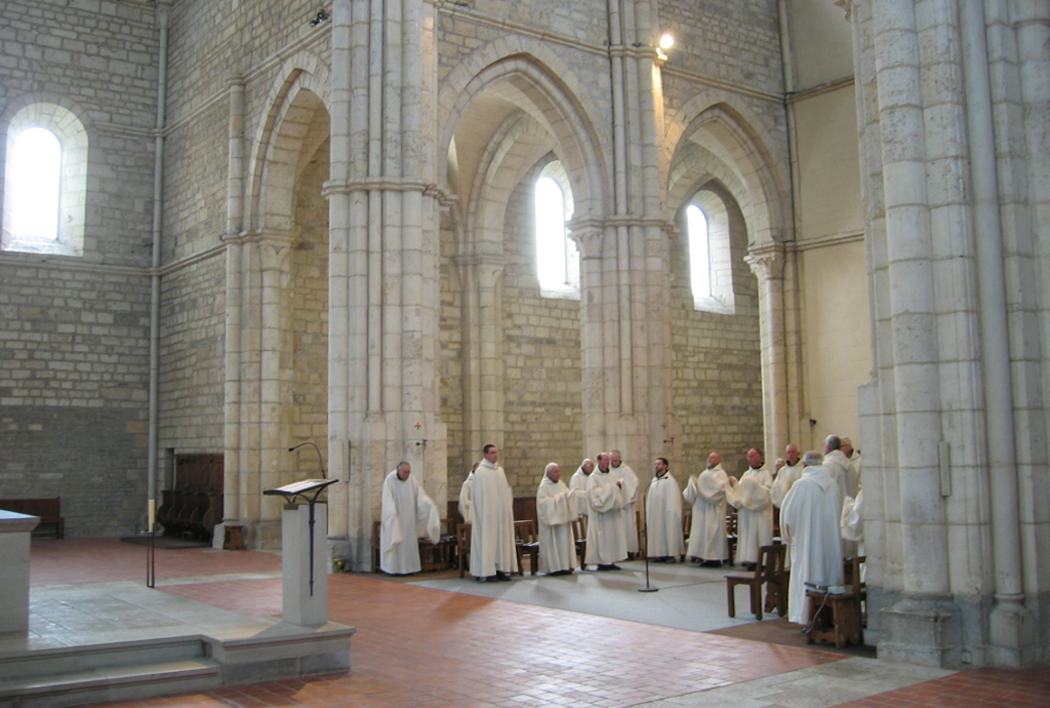This year Cistercians are celebrating the 900th anniversary of the Cistercian foundation, the Abbey of Claivaux. A series of six sessions have been planned focusing on diverse aspects of the “materiality” of the movement.
The sessions are sponsored by the Journal ‘Cîteaux – Commentarii cistercienses’
Cistercians, I: Innovation and Renewal in Cistercian Portugal [Session No: 137]
Cistercian settlements were important to the development of Portugal as a country. In this session architectural innovations will be discussed, as will post-medieval renewal in monasteries for women.
Cistercians, II: The Devil and the Details – Life Inside – And Outside – A Cistercian Abbey [Session No: 237]
Cistercian abbeys were not isolated institutions. As papers in this session will demonstrate, they had to organize the water systems so the latrines would function properly, and had to deal with the wider world of local parishes as well as visitors, including the bewildering objects they left behind.
Cistercians, III: Kirkstall Abbey Guest House – A Multi-Disciplinary Investigation [Session No: 337]
The guest house is an oft-neglected building within the monastic precinct, either because of its ruinous nature or because its true function has not been identified. The Kirkstall guest house is rich not only because of its standing remains, but also for its wealth of small finds. The material culture excavated there provides clues as to who the guests were and what they did, but they also permit comparison and evaluation in the light of other religious and secular sites across the country. The combination of architectural remains and material culture of Kirkstall Abbey guest house means that an image of the social status of people who used the guest house and what they did there can be reconstructed.
Cistercians, IV: Cistercians and the Written Word [Session No: 537]
In this session orality and literacy will be explored in 13th-century examples from Cistercian monasteries in France, Britain, Ireland, and Austria.
Cistercians, V: Imagery and Conceptualisation in Cistercian Thought [Session No: 637]
Evolving 13th-century thought in the Cistercian milieu will be examined via new concepts of consciousness, the use of symbolism in a lengthy commentary on sermons, and images of the healing power of Mary’s milk as shown in the lactatio Sancti Bernardi.
Cistercians, VI: Recovering ‘Lost’ Cistercian Abbeys [Session No: 737]
Various archaeological methods are used to detect the location of former monastic sites, some of which will be explained here to identify Cistercian monasteries whose location had heretofore been ‘lost’: excavations, charters, post-monastic plans, and reading features in the landscape.
READ MORE ABOUT THE ANNIVERSARY:
Medieval Histories Magazine 2015 May Vol 15
Focus: Cistercians

